Stories and books can be highly effective tools in helping children identify and manage tricky emotions. Sarah Forster and Nida Fiazi interview author-illustrators Laura Shallcrass, Kieran E. Scott, and Emma Pascoe on the topic of their latest releases: anxiety. Read on to learn more about what you can read to start conversations with your children during these tricky times.
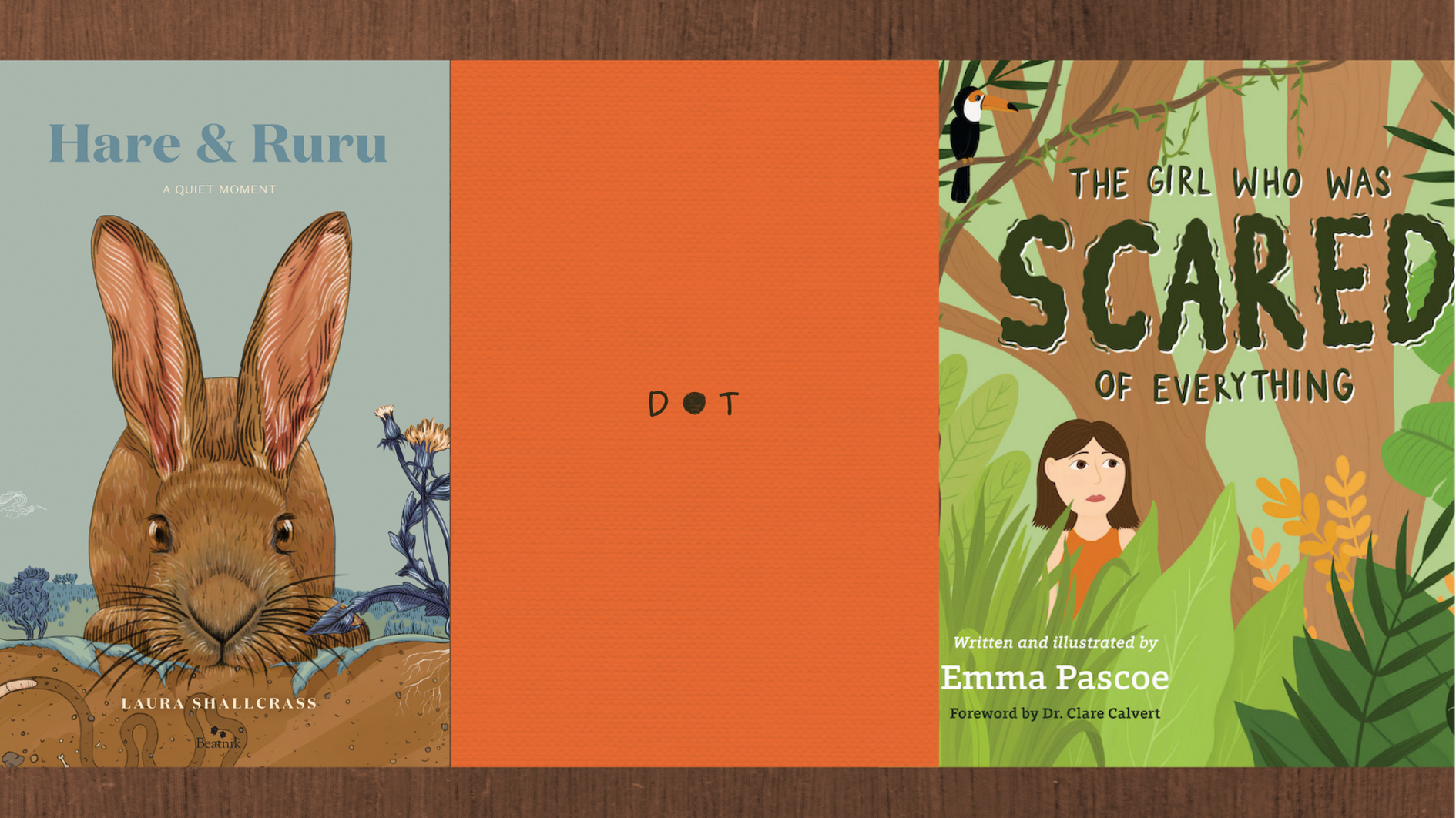
There are two effective ways to use stories to support children in their learning about anxiety. The first is the more simple path: reading them books that are specifically written about anxiety or the struggles of anxious characters,’ said Amy Wilson-Hughes in her essay for The Sapling about how stories can help children with anxiety.
Since 2017, when Amy wrote this essay and list, there have been many more books about anxiety released for younger children. Stories, and books, have always been a way for society to recognise and express the feelings associated with difficult times.
Right now, there is a dictator in power in the USA, climate change has become all too real, and there is a virus killing people indiscriminately all over the world. We can pretend these things don’t bother kids. Or we can give them the tools to deal with the difficult stuff, to break it down and make it manageable, and to help them discuss these things with us.
Right now, there is a dictator in power in the USA, climate change has become all too real, and there is a virus killing people indiscriminately all over the world.
Hare and Ruru by Laura Shallcrass, as well as DOT by Kieran E. Scott, and The Girl Who Was Scared of Everything by Emma Pascoe, join an array of Kiwi-made books that tackle this issue for children.
‘I came up with this idea just after the Christchurch earthquakes,’ says Laura Shalcrass, author of Hare and Ruru. ‘There was a lot in the media about kids and anxiety—I have an anxiety disorder myself so I thought I’d bring together some of the things that have helped me and simplify them for children.’
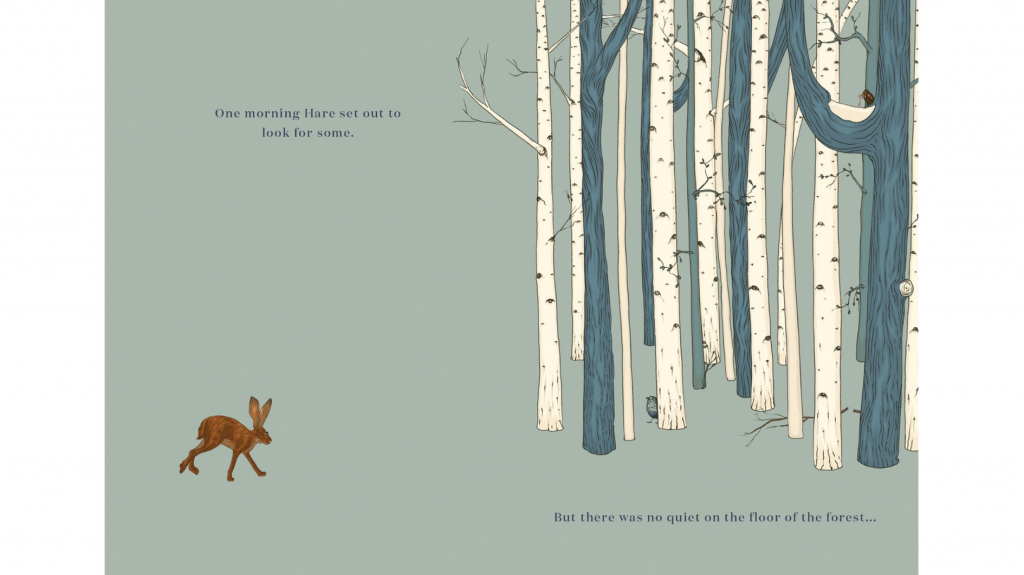
Emma Pascoe wanted to create the type of book that she would have appreciated as a child. The Girl Who Was Scared of Everything aims to help children to understand that feelings of anxiety are common, and that there should be no shame in asking for help,’ she says.
‘I also wanted to create a character that anxious children could relate to and use as a springboard to talk to their caregivers about their own feelings.’
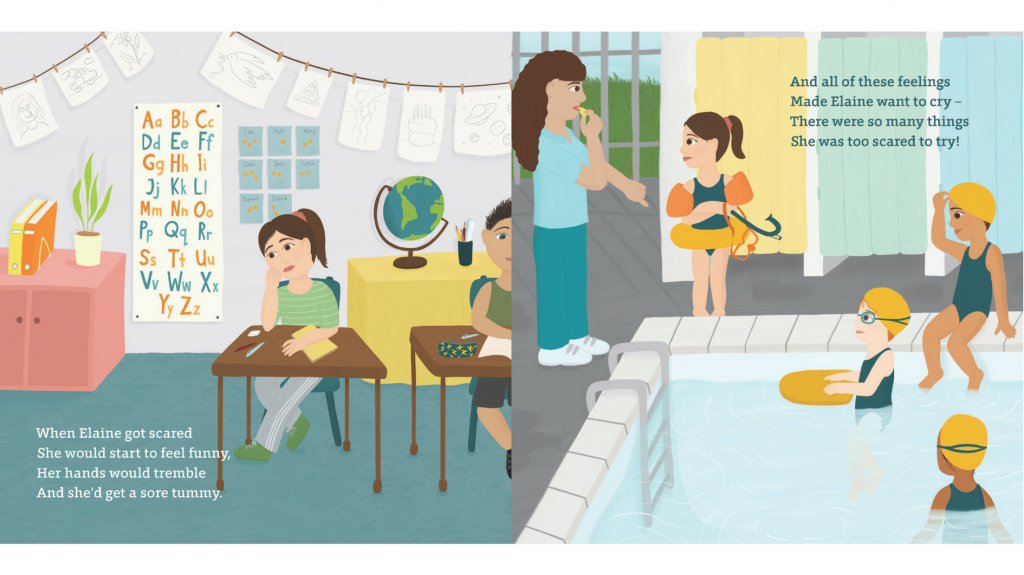
Kieran E. Scott has suffered anxiety himself, and when his friend’s daughter Elodie suffered a panic attack while staying overnight at his house, he surprised himself by sitting down a couple of days later and outlining a book to help her with it.
‘It was hard seeing a child go through what I thought was the exclusive ordeal of adults—with all the stress of work and family life thrust upon them. Sadly, it seems children are as vulnerable to this condition as adults, and the numbers suggest that it’s getting worse. The original hand-drawn book has helped Elodie cope already, she keeps it under her pillow.’
DOT is a book that helps children focus while breathing through a panic attack, and is designed to distract and engage the reader, directing them to breathe deeply while giving them something to focus on that’s ‘not a tablet, a smartphone, or the world’s many problems.’

‘The “dot” character in DOT comes from an old acquaintance of mine that had a small pink piece of paper stuck to the top of her computer monitor,’ he says. ‘She told me that when she felt a panic attack coming on she would concentrate on that little pink dot and breathe deeply. It seemed to work for her and subsequently worked for me also. DOT is an amalgamation of those ideas and experiences.’
Similarly to DOT, Hare and Ruru focuses on strategies to move through periods of anxiety. Laura says, ‘The 3 steps Hare takes in the book to help manage anxiety are talking to someone, connecting with nature and focusing on breathing. All of these are simple concepts which children can understand, they’re also well known to help with anxious feelings and stress.’
‘Children can try any or all of the ideas, and decide by themselves, or with the help of an adult, what worked for them and when they might be able to use that coping strategy in their day-to-day life.’
These [coping strategies] are simple concepts which children can understand, they’re also well known to help with anxious feelings and stress.
Emma’s book shows the importance of voicing your feelings and asking for help, saying ‘Some children may need encouragement with this—asking for help can be scary in itself!’
All three authors have personal experience with anxiety, and Laura says, ‘When my children are afraid (or experiencing any other emotion) I try not to minimise their feelings or write them off.’
‘Our six-year-old is currently terrified of the house burning down after doing the Firewise programme at school. So we do lots of talking about how great fire alarms are and that yes I can see he’s afraid, and what things can we do to make him feel safer? In my personal experience just being that safe listening place for my children is one of the most helpful things I can be.
When my children are afraid […] I try not to minimise their feelings or write them off.
Emma also has advice for parents. ‘It is so vital that parents create an environment in which children can voice “negative” emotions and work through them rather than telling them to harden up, or calm down, or stop making a fuss.‘
Making children aware of the support people in their lives is also a great way to foster a safe space for them, so I’ve included a DIY page at the end of the book where children (with help from an adult, if needed!) can make a list of their support people at home, school, and kindy.’
Anxiety NZ supported Kieran with writing his book, and he recommends them as a resource to help to manage anxiety. And Laura notes, ‘If your child is really struggling and it’s affecting the way they live their life, then a qualified professional is in the best position to give the right advice.’
It is so vital that parents create an environment in which children can voice ‘negative’ emotions and work through them rather than telling them to harden up, or calm down, or stop making a fuss.
As a parent of a child with anxiety myself, I appreciate that this type of book is becoming more common on our bookshelves; the less mystery there is about anxiety and the more parents know about it, the happier and healthier our children will be as they grow up.
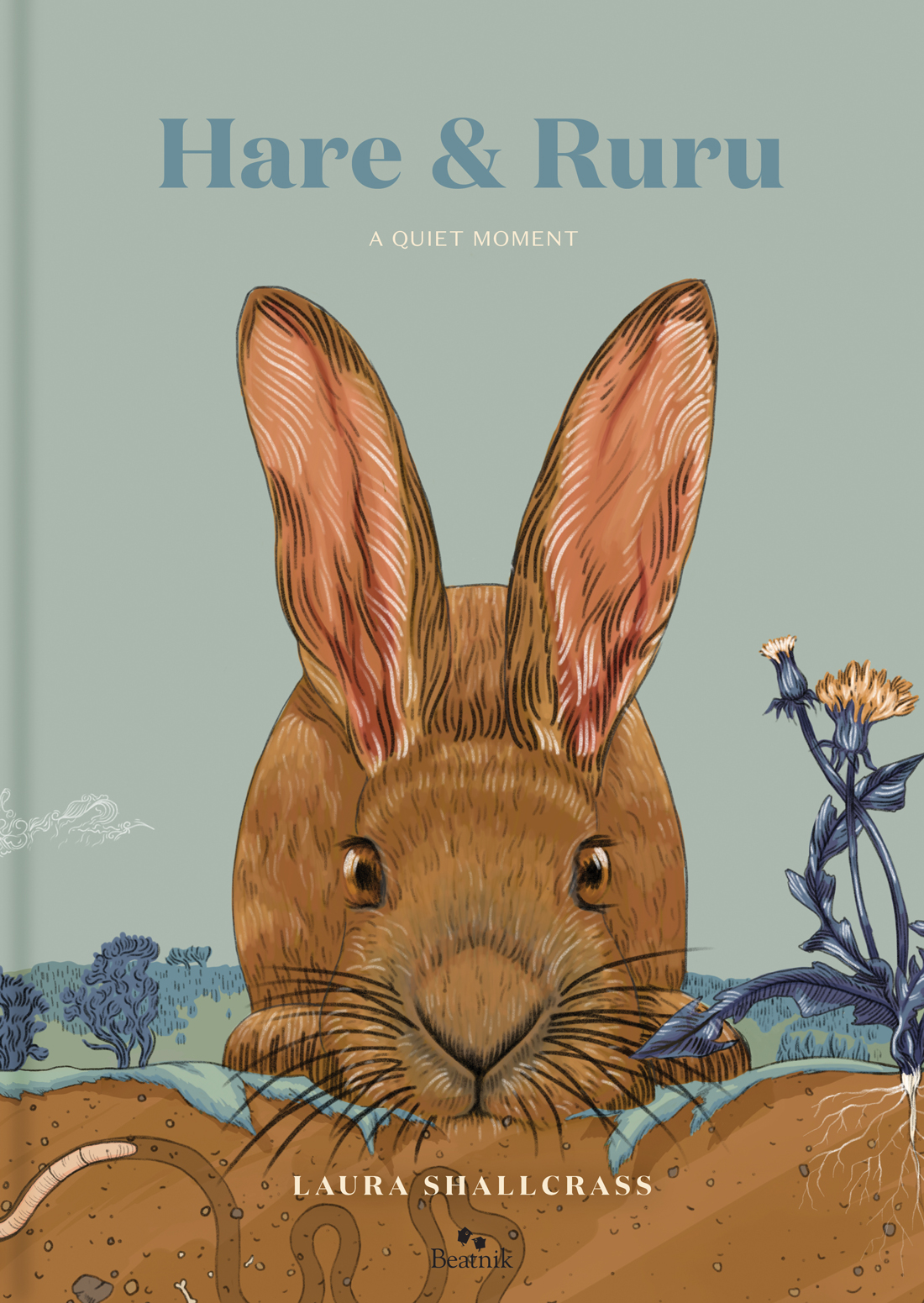
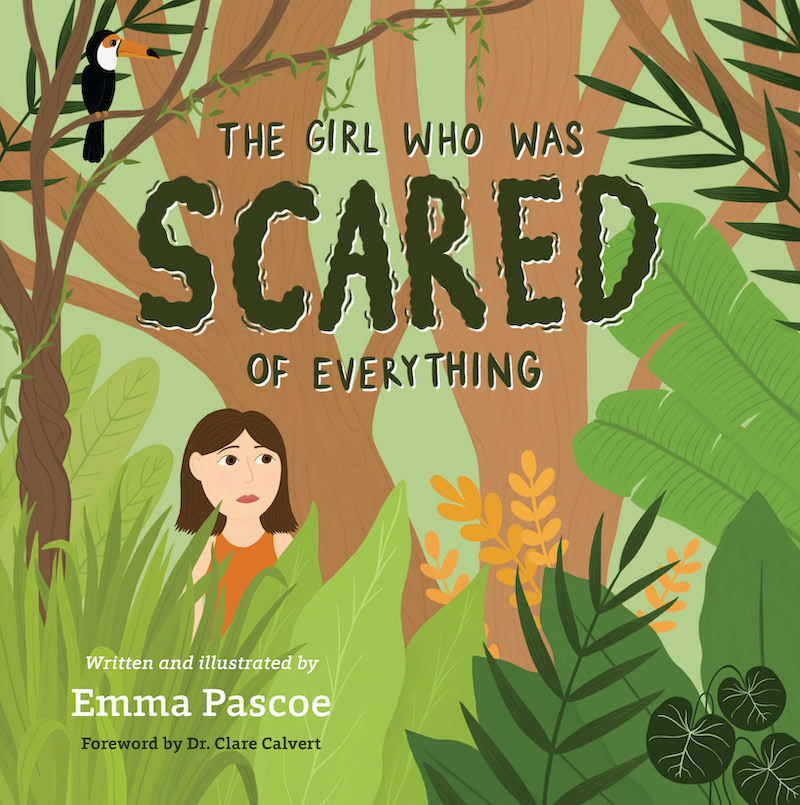
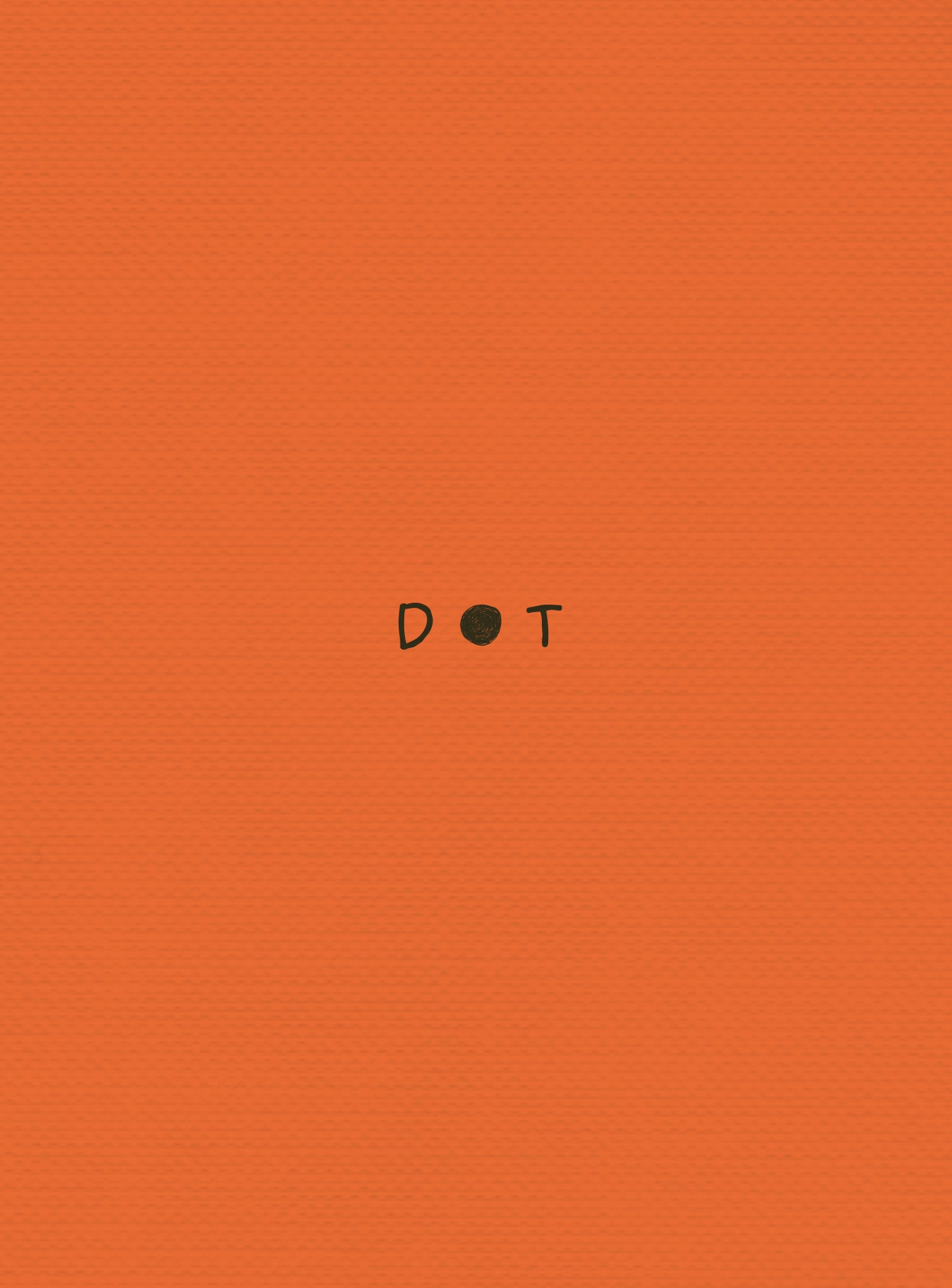

Sarah Forster has worked in the New Zealand book industry for 15 years, in roles promoting Aotearoa’s best authors and books. She has a Diploma in Publishing from Whitireia Polytechnic, and a BA (Hons) in History and Philosophy from the University of Otago. She was born in Winton, grew up in Westport, and lives in Wellington. She was a judge of the New Zealand Book Awards for Children and Young Adults in 2017. Her day job is as a Senior Communications Advisor—Content for Te Herenga Waka—Victoria University of Wellington.



